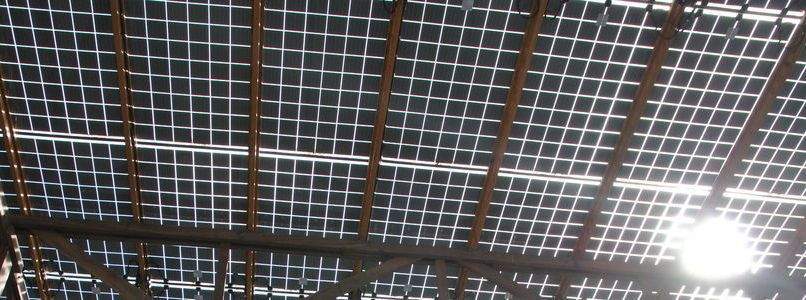
Bifacial PV modules have the potential to increase energy output by 5-10 percent annually in many locations. To achieve commercial viability, the products need to demonstrate their bankability. Common testing models, have begun to incorporate bifacial models. However currently only little validation data for bifacial PV modules exists, which also often lacks third-party evaluation.
The project will validate energy models created for bifacial PV modules by commissioning a large-scale comparative energy yield analysis and creation of energy simulations in PVsyst software, based on the collected field data.
DNV GL Energy North America executive vice president Richard S. Barnes said: “This study represents the most comprehensive comparative energy yield analysis for bifacial PV modules to date.
“Because the solar industry is projected to grow rapidly, it is necessary to understand how new technologies, like bifacial PV modules, will perform.”
DNV GL PV module testing lab business development head Tara Doyle said: “The aim of the study is to accelerate commercial deployment of bifacial PV modules at scale. If proven viable through extensive performance and reliability testing, bifacial PV modules have the potential to become the preferred technology for ground-mounted PV installations around the world.”
The project will entail collection of field data over the course of one year at DNV GL’s outdoor solar test facility in Davis, California. It will include bifacial and monofacial 1500 V PV modules provided by LONGi Solar, Astronergy Solar, Hanwha Q CELLS and Trina Solar, tested on single-axis trackers provided by solar tracking company NEXTracker, and two albedo ground types. Data acquisition will be highly granular, using actively calibrated equipment. The collected measurements will be used to generate PAN files and subsequent energy simulations in PVsyst.
NEXTracker CEO Dan Shugar said: “Bifacial delivers proven performance with increased energy yield in PV systems, especially in purpose-designed single-axis trackers. World class measurement and verification testing is very helpful to validating the technology, and we’re very pleased to be a part of this important project with DNV GL.
“It is wonderful that this test is happening at the site in Davis, which has the pedigree of one of the largest collaborations of early PV system testing dating back to the mid-eighties.”
The validation study was awarded as part of the US Department of Energy’s allocation of $27.7m for photovoltaics research and development, issued in conjunction with $25.1m to projects that address other aspects of solar development. Along with other awarded projects that address bifacial PV technology, this study aims to accelerate the commercial adoption of reliable, high-performance PV systems by providing comprehensive field data, data analysis, and PVsyst models that will validate the relevant work that has been done to date.
8Minutenergy technology vice president Frank Faller said: “Energy modelling validation for bifacial PV modules and systems is needed to provide assurance to owners and financiers that PV systems using this technology will yield expected energy gains.
“DNV GL Labs’ study is an important step toward addressing the lack of commercially representative, high-quality field data that’s required to validate contemporary energy models and thus accelerate the bankability of this technology.”
DNV GL was selected as a part of the Energy Department’s FY2018 SETO funding program, an effort to invest in new projects that will lower solar electricity costs and support a growing solar workforce. DNV GL is one of several photovoltaics research projects that will focus on improving the performance and reliability of PV cells, modules, and systems and reducing materials and processing costs.
Source: Company Press Release



